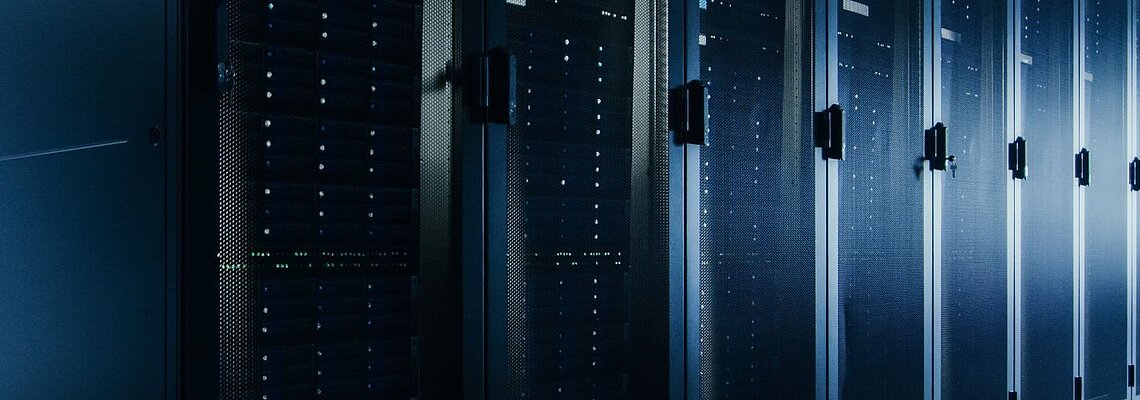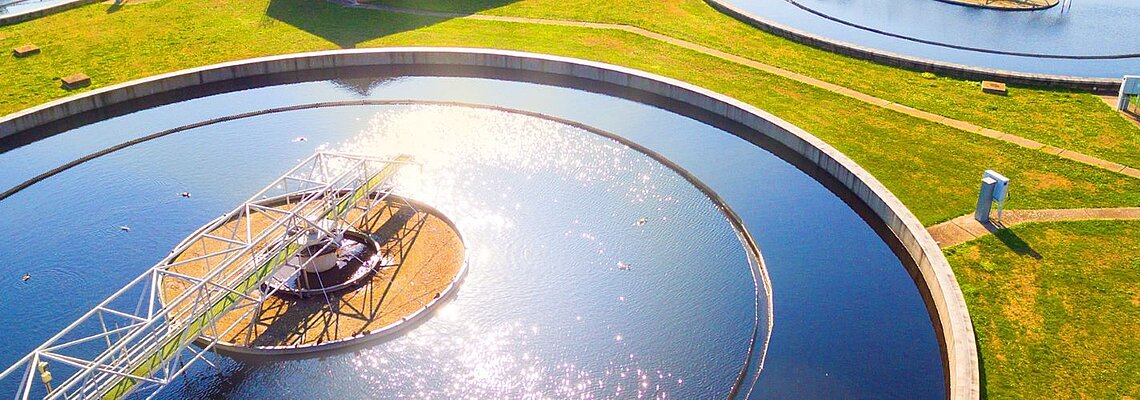Data centres must operate 24/7/365. Planners, operators and electricians therefore take many measures to meet this requirement. One of these measures is to monitor the power supply using residual current technology. This is designed to detect faults in the power supply before critical situations or even failures occur.
Ideally, residual current monitoring should be taken into account when planning a data centre. However, sometimes the necessary sensors and measuring devices have to be retrofitted.
How can retrofitting be achieved without significant effort and without shutting down server cabinets?
In this article, you will learn how data centres can be retrofitted with residual current measurement technology at a reasonable cost.
No space, no switch-off, too much effort
A real-life example: In a data centre in northern Germany, differential current monitoring of the power supply was originally planned. However, a mistake was made during the planning stage, meaning that the power supply to the server racks could not be monitored. Retrofitting the necessary sensors into the sub-distribution or power distribution units (PDUs) was not possible due to space constraints alone. Furthermore, for liability and warranty reasons, the data centre customer, who had rented space from a provider, was not allowed to install the sensors in the operator's busbar.
With an inline box for the solution
In order to find a solution for the customer, Bender has teamed up with Correct Power Institute Limited (CPI) joined forces. CPI has been building and modernising data centres for 30 years. An inline box provided a simple yet high-quality solution. The box contains a CEE plug and a CEE socket for the power supply, an all-current-sensitive residual current monitoring module of type RCMB132-01 and two RJ45 sockets. Optionally, a MID electricity meter was also installed in some boxes to enable electricity consumption to be measured in accordance with billing requirements. The box was then installed in the raised floor and connected between the power connection and the PDU.
Caption: When constructing the inline box, it was important to ensure that only the live conductors (L1, L2, L3) and the N conductor were routed through the sensor. The PE conductor is routed past the sensor. This is the only way to ensure correct residual current measurement (read here: How does residual current measurement work? )
Residual current monitoring up to the final circuit
In this way, a total of 214 inline boxes were installed in the raised floors at three locations. The sensors of several inline boxes are connected to each other via patch cables and their data is transmitted via Modbus RTU from a Bender Control Panel CP907-I evaluated and displayed.
This solution resolved the problem at the data centre in northern Germany without any interruption to operations. The customer now has residual current monitoring for the server racks right down to the final circuit and can quickly and reliably detect changes in the electrical system. This ensures that the data centre is optimally monitored and critical system conditions are avoided.
Customised solutions for customers
The inline box used in this data centre is a solution wherever residual current monitoring needs to be retrofitted and the installation of sensors in the sub-distribution board or server cabinet is impossible due to space constraints or undesirable shutdowns.
Are you also interested in installing inline boxes, or are you looking for another solution for optimal monitoring of your data centre? Bender is a specialist in residual current monitoring in data centres. So don't hesitate to contact us. Our experts are happy to help.



